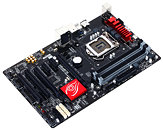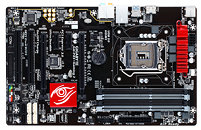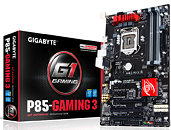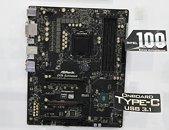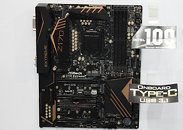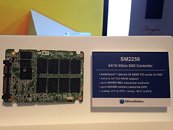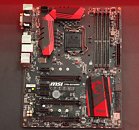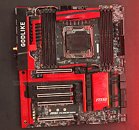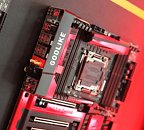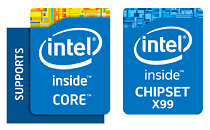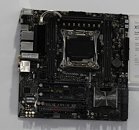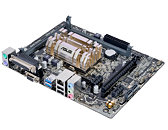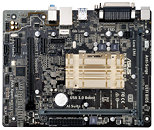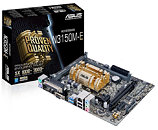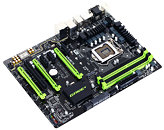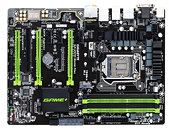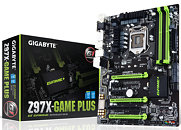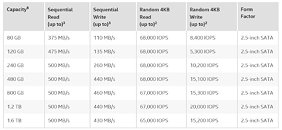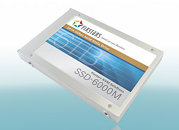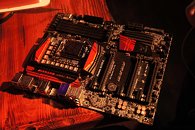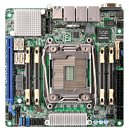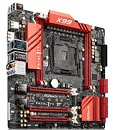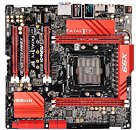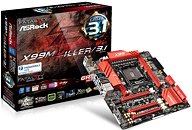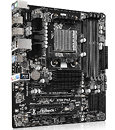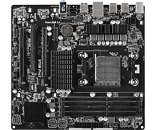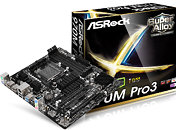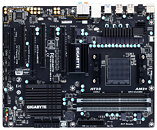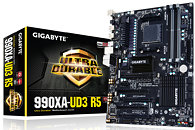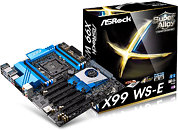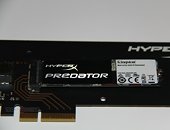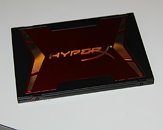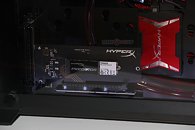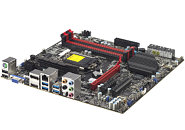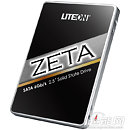
GIGABYTE Outs Cost-effective P85-Gaming 3 Motherboard
For those looking to build a gaming rig on a shoestring budget, yet want a "gamer-centric" motherboard that has good onboard audio, GIGABYTE launched just the thing - the P85-Gaming 3. This socket LGA1150 motherboard is based on Intel B85 Express chipset, and derives the "P" in its model name from the fact that it has minimal connectivity for its integrated graphics (just one HDMI port), since its target buyers use discrete graphics cards anyway. The board is built in the slim (190 mm wide) ATX form-factor, and draws power from a combination of 24-pin ATX and 8-pin EPS power connectors. The CPU is powered by a basic 4-phase VRM.
Expansion slots include one PCI-Express 3.0 x16, a second x16 slot that's electrical gen 2.0 x4 and wired to the PCH; and two each of PCIe 2.0 x1 and legacy PCI. Storage connectivity includes four SATA 6 Gb/s and two SATA 3 Gb/s. Its onboard audio solution features a Realtek ALC892 CODEC, backed by audio-grade electrolytic capacitors, a headphones amp, and ground-layer isolation. Gigabit Ethernet, and four USB 3.0 ports (two on the rear panel, two by headers), make for the rest of it. Expect an attractive sub-$100 price tag.
Expansion slots include one PCI-Express 3.0 x16, a second x16 slot that's electrical gen 2.0 x4 and wired to the PCH; and two each of PCIe 2.0 x1 and legacy PCI. Storage connectivity includes four SATA 6 Gb/s and two SATA 3 Gb/s. Its onboard audio solution features a Realtek ALC892 CODEC, backed by audio-grade electrolytic capacitors, a headphones amp, and ground-layer isolation. Gigabit Ethernet, and four USB 3.0 ports (two on the rear panel, two by headers), make for the rest of it. Expect an attractive sub-$100 price tag.
